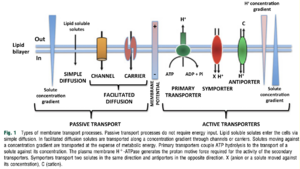Mycelium
Arbuscular Mycorrhizal (AR)[edit | edit source]

What is AR?[edit | edit source]
The most ancient and widespread fungal plant symbionts (Smith and Read, 2008). AM fungi are obligate biotrophs that enhance host plant nutrient acquisition in exchange for carbon compounds.[1]
Why AR?[edit | edit source]
The main benefit for the plant is an improved mineral nutrition, especially of phosphorus, nitrogen, zinc and copper. The fungus develops in the soil an extensive network of extraradical hyphae that overgrows the soil surrounding the plant roots and functions as an additional absorptive surface area for the plant increasing its capacity to forage nutrients beyond their depletion zone. In return, the plant provides to the fungus the carbon compounds, either in the form of carbohydrates or lipids, required to complete its life cycle. This nutrient exchange between partners occurs in the arbuscules, specialized and highly branched structures formed by the fungus in the root cortical cells.[1]
Questions[edit | edit source]
- How does mycelium help plants with communication and nutrient transport?
- What are the ways that organic and inorganic nutrients like phosphorous, nitrogen, different forms of hydrocarbons, etc. are broken down transported?
- How does chemical signalling in symbiotic and parasitic mycorrhizal associations work?
- What does mycelium need to survive?
- What are unhealthy fungal, plant relationships?
- How does mycelium make better soil?